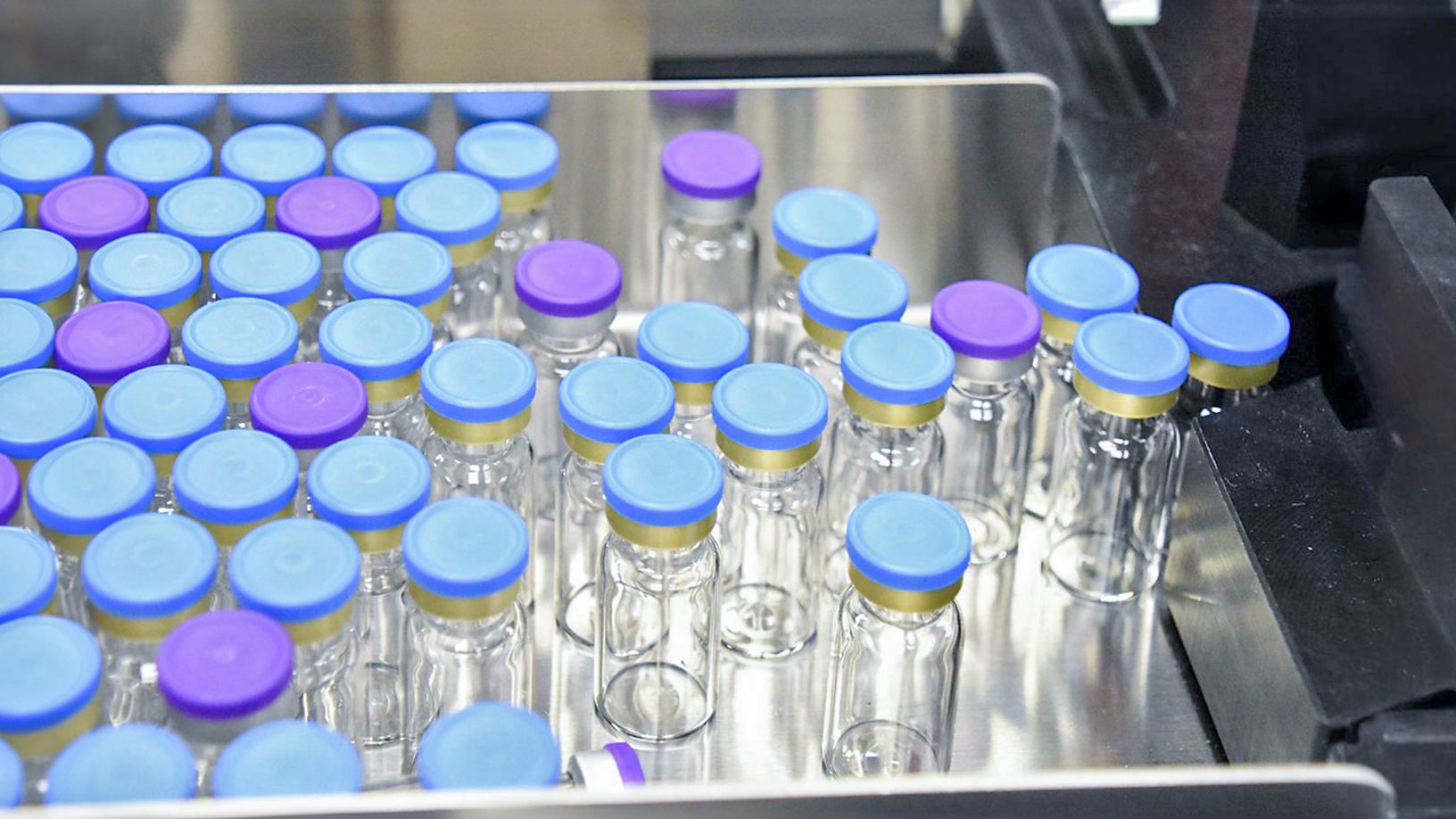The importance of container closure integrity
Patient safety demands that any injectable medicine must remain sterile, from production, to storage and distribution and with no leaks or defects in the container closure. How do we go about designing such a container closure system, and how do we test that it remains sterile?
Pharmaceutical products destined for delivery by injection need to be sterile if patient safety is to be maintained. Historically, one of the main purposes of a pharmaceutical product-package (ie a container closure system) was to act as barrier against the ingress of microorganisms or product loss. Today, as both products and regulatory requirements have advanced, the requirements for the container closure integrity have progressed, too.
“Tight enough” to merely maintain sterility will not suffice for many of the new, and frequently complex, biologic products that are now available, such as monoclonal antibodies or mRNA vaccines. In these cases, the headspace gas composition may be a critical quality parameter, and must not change over time. For example, packaging under an inert atmosphere may be required if the formulation is particularly oxygen sensitive. A water-sensitive freeze-dried formulation might be packaged under a partial vacuum. In addition, biological products and, especially, the new breed of mRNA-based vaccines often require refrigeration, or even deep cold storage. This poses new challenges for container closure systems.
With a few exceptions, notably ampoules, it is neither possible nor practical to create container closure systems such as vials or pre-filled syringes that are 100% airtight. A more practical approach would be to create packages that will remain tight enough to ensure product quality throughout a product’s shelf life.
A critical step in product design
In order to create container closure systems that fulfil these quality requirements, more is required than simply checking for leaks. Container closure integrity must be viewed as a concept that involves virtually all aspects of the design, production, storage and distribution of pharmaceutical products. For example, the packaging materials have to be sterile, and individual packaging components such as the vial, stopper and cap must match. It goes without saying that suppliers must be qualified. The final containers should be closed by appropriately validated methods, which in the case of vials involves stopper height measurements and a suitable crimping method. Even the logistics of storage and distribution will need to be carefully monitored, as they inadvertently put container closure systems under additional stress through variations in pressure and temperature, for example.
Regulatory bodies such as EMA in Europe and FDA in the US, rightly, set out guidance designed to ensure manufacturers pack and test these products properly to ensure product and patient safety. While many aspects of the pharmaceutical production are guided by comprehensive rules, regulatory bodies rarely offer precise guidance regarding CCI testing. It is often merely stated that ‘validated methods’ should be used or that no single method is appropriate in all cases. The guidelines may provide examples, but that is all they are – information rather than instruction. And, depending on the product’s lifecycle, more than one method might be required over time.
Choosing the right test method
The choice of test method for an individual product is critical, and also depends on the product and packaging system. Of course, not all test methods are appropriate in all cases. A number of options exist. Microbial challenge methods, for example, involve immersing the sealed container in a solution containing microbes and subsequently checking for contamination, but this is not appropriate if the product itself has antimicrobial properties. More importantly, these microbial ingress methods are probabilistic, and are not guaranteed to correctly identify all leaky containers. Understandably, regulatory bodies discourage the use of such methods. Another potential method involves placing the container in a vacuum chamber to check for any escape of product or headspace gas. Of course, this will not work if the package is not rigid, or the product escaping the container is able clog up any potential defects.
The dye ingress method also involves a vacuum test chamber, but this time a dye solution is introduced once the sample is in a vacuum. This gives a very visual, qualitative indication of CCI: if the solution within the container becomes colored, the dye solution was able to enter. It is cheap and has been in widespread use for decades, but its sensitivity is low, it is messy and slow, it is less suitable for colored products and, of course, it destroys the sample. False negatives can also occur for biologics, if the product precipitates or aggregates, as this will block the defect. As is the case for the microbial ingress method, dye ingress testing gives a probabilistic result and should thus only be used in cases where deterministic methods are unsuitable.
We do still use this method here at Siegfried in our protocols for release testing IPC and the initial qualification of new production lines, on a range of container types, including vials, tubes and pre-filled syringes, and even some inhalation products and oral solids. However, we consider it is a legacy method, and are actively investing in state-of-the-art test methods to replace it.
Modern testing alternatives
Laser-based gas headspace analysis, for instance, is a much more modern alternative. Here, a laser is shone through the headspace above the product in the vial, ampoule or pre-filled syringe, allowing the composition of the gas to be analyzed and any changes identified, indicating whether gas has entered or left the container. It can also, in principle, detect water ingress. In contrast to the dye-based test, it is non-destructive and quantitative, although it cannot be used for non-transparent packages.
Ideally, the container headspace will already contain a gas that can be monitored with the help of the laser, such as oxygen or carbon dioxide. If that is not the case, the samples will need to be placed in a pressure chamber filled with a tracer gas that can enter the container through any defects that are present. A significant drawback of this method is that it cannot detect very large leaks, as the gas equilibrates too quickly. On the other hand, the measurement itself is very fast, and even enables 100% online testing.
Laser-based gas headspace analysis has also the unique ability to detect transient leaks at very low temperatures, which is of particular importance for biological products stored at deep cold temperatures. Under these conditions, elastomeric stoppers become stiff and shrink, allowing gas ingress; in most cases, this will be carbon dioxide. Once the product returns to room temperature, the warmed-up stoppers reseal the container, and integrity failures would not be detectable with other CCIT methods.
We routinely use the laser-based method on vials during process development. It is particularly appropriate for oxygen-sensitive products such as vaccines. However, it is insufficient on its own, and complementary methods are required during operations such as package design, release testing and stability studies.
Whatever combination of test methods are selected, the aim is the same: to guarantee the integrity of the container closure. Without it, the potential for very costly batch failures and product recalls is significant. Testing alone is not, of course, sufficient to ensure product quality; it is part of the overall picture. But it is an important process to help guide container choice, process selection and logistics, and prevent very expensive errors down the line.

